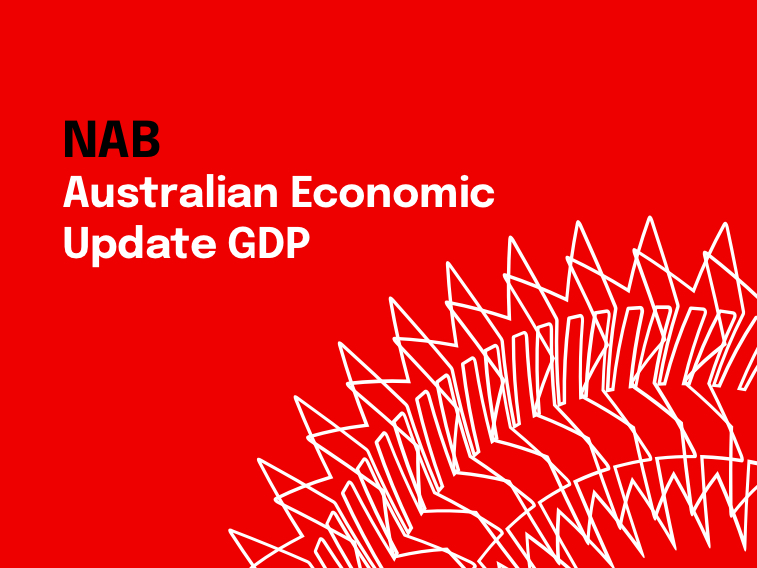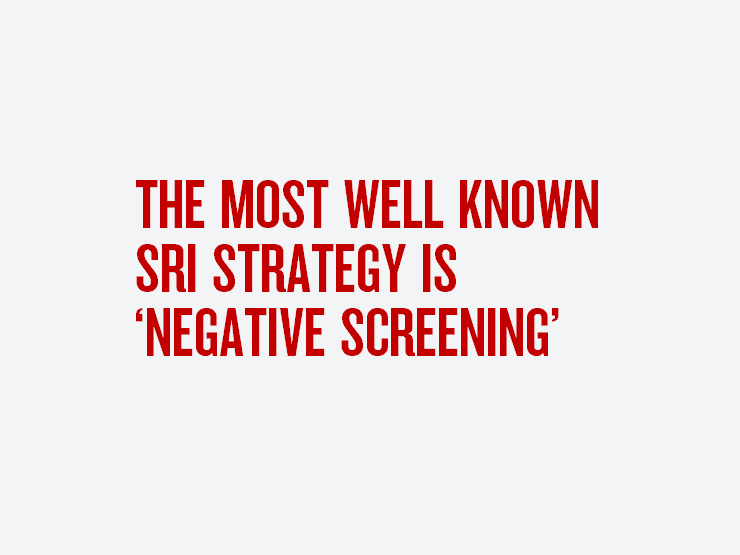Consumers lead the way


Insight
At a basic level, SRI asset managers often adopt one of two approaches whilst for an individual investor, there are three main approaches.

At a basic level, Socially Responsible Investing (SRI) asset managers often adopt one of two approaches:
Exclusionary approach
The exclusionary approach, which is more popular, filters out certain companies (based on their products or corporate behaviour) when selecting investments for a portfolio 10. Commonly excluded products include alcohol, tobacco, gambling and weapons.11
A firm might also be excluded because it participates in, say, violations of labour standards.
Inclusionary approach
The inclusionary approach typically involves adjusting the weights of an investment in a company according to whether its behaviour is more or less socially responsible. A large number of research firms now specialise in collecting information on SRI or corporate social responsibility (CSR).12
In some OECD countries, pension funds and sovereign wealth funds have started engaging in positive (inclusionary) screening based on ethical and/or Environmental Social and Governance (ESG) criteria.
In others, a negative (exclusionary) screening approach has been taken – for instance, the Norwegian Government Pension Fund-Global does not invest in weapons producers and has divested from Wal-Mart, citing concerns about labour standards. The California Public Employees’ Retirement System (CalPERS) was one of the leaders of the tobacco divestment movement of the late 1990s.13
Other SRI approaches include:
Asset managers may apply various combinations of these approaches.
ESG factors
A seventh strategy, ‘integration of ESG factors’, sees investment managers explicitly include ESG factors into traditional financial analysis as part of a mainstream investment offering. This strategy is commonly included in broader measures of responsible investment, but not SRI.
Some asset managers employ in-house ESG specialists, while others rely on dedicated research providers or the scoring of managed funds by companies like Morningstar and MSCI.
ESG-related company data are much more readily available today. Bodies such as the International Integrated Reporting Council (IIRC), the Global Reporting Initiative (GRI) and the Sustainability Accounting Standards Board (SASB) are all pushing for mandatory reporting of non-financial material information.14 The Task Force on Climate-related Financial Disclosures (TCFD) is developing a set of voluntary disclosure recommendations for use by companies about the financial risks stemming from climate change.
For an individual investor, there are three main approaches to implementing an ethical investment strategy.15
These are:
For trustees, considering and acting on ethical considerations can be a more complicated process.
Ideally, they should try to exercise judgment about the objective validity of any non-financial factors that they choose to include in the investment process. Trustees will also want to consider the potential effectiveness of a contemplated action and the resources available to put actions into effect. They may request from companies the disclosure of additional data, or choose to join established coalitions of investors, such as the CDP (formerly known as the Carbon Disclosure Project).16
A first step for many institutional investors is passive exposure to any of a growing number of relevant indices, such as MSCI’s Low Carbon Target Index.
For active investments, trustees are increasingly designing mandates and requiring managers (both internal and external) to identify and articulate ESG factors in their investment processes. ESG integration is more advanced in listed equities than in unlisted assets.17
The range of retail and wholesale investment products available to ethical investors is substantial. In Australia, there are 69 asset managers offering 128 SRI products.
The Responsible Investment Association Australasia (RIAA) has certified 51 responsible investment products to date.
These include:
When choosing an ethical managed fund, an investor can still select from a wide range of investment styles, including Australian or international share funds, conservative or high-growth funds, or ETFs that track international indices in the US, Europe, Japan and Asia.18
This article is from A review of socially responsible investing in Australia (PDF 582KB)– a report on SRI produced by NAB’s long term research partner, the Australian Centre for Financial Studies. The report seeks to explain the seven categories of SRI strategies and undertakes an extensive review of global performance data overall.
For more information please contact:
Steve Lambert, Executive General Manager +61 2 9237 1150
10 Companies, industries, practices or even entire countries could be excluded based on a manager’s specific ESG criteria.
11 Increasingly, asset managers are applying similar strategies to industries that have detrimental effects on health and welfare, including organisations that contribute to obesity issues, as well as environmentally destructive products such as palm oil.
12 Berry, T.C. and Junkus, J.C. (2013), ‘Socially Responsible Investing: An Investor Perspective’, Journal of Business Ethics, Vol. 112, pp. 707-720.
13 Oxford Business Knowledge (2007), ‘Recent Trends and Regulatory Implications in Socially Responsible Investment for Pension Funds’, 2007 OECD Roundtable on Corporate Responsibility. 14 Barclays (2016), ‘Sustainable Investing and Bond Returns’, Impact Series.
15 Campbell, S. (2015), ‘Investment Strategy – How to Action an Ethical Investment Strategy’, NAB Private View, April.
16 Lydenberg, S. (2014), op. cit.
17 Rundell, S. (2016), ‘The Steps of Integration’, pp. 28 31, top1000funds.com (print edition), September.
18 Responsible Investment Association Australasia (n.d.), ‘Certified Investment Products’. http://responsibleinvestment.org/certification/certified-investmentproducts/
© National Australia Bank Limited. ABN 12 004 044 937 AFSL and Australian Credit Licence 230686.